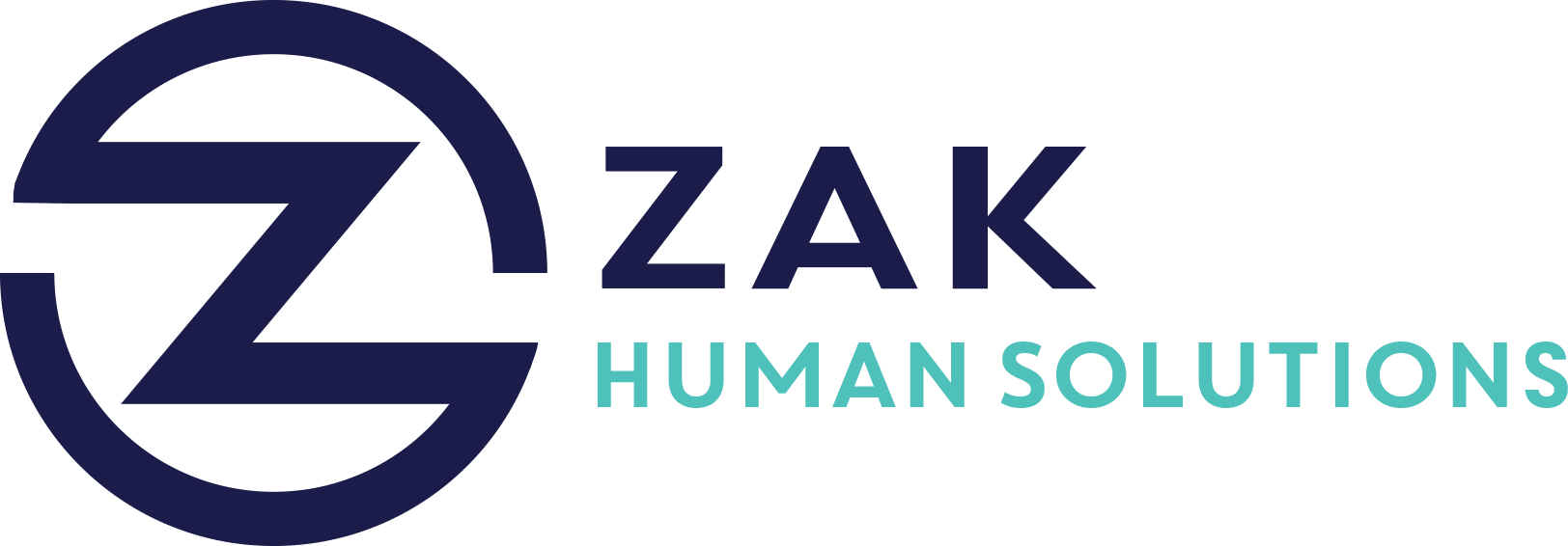Key Takeaways
- A learning culture is an ongoing, systemic approach that treats skill gaps as opportunities rather than liabilities.
- Companies with continuous learning cultures are significantly more innovative, productive, and likely to bring new products to market.
- Employees prioritize growth and development over immediate salary gains, valuing real learning opportunities.
- Transparency is crucial: creating clear, open communication about company goals and performance encourages learning and engagement.
- Relevant learning outperforms sheer volume; it should align with practical business challenges and personal growth goals.
- Customized training programs can enhance skills directly applicable to work scenarios, leading to increased productivity and innovation.
- To build a learning culture, companies should start by auditing current skill gaps, investing in relevant solutions, fostering a safe environment, ensuring leadership support, and measuring impact.
In today’s fast-paced business environment, a culture of learning is more crucial than ever before. This comprehensive approach not only enhances workforce capabilities but also boosts innovation, productivity, and market competitiveness. This blog post explores the essential components of a successful learning culture and provides actionable insights on how organizations can develop and maintain such an environment.
The Importance of a Learning Culture
A culture of learning is not merely about hosting a plethora of training modules or offering an extensive library of courses. Instead, it’s about embedding learning into the fabric of everyday operations, viewing skill gaps as opportunities for growth rather than deficiencies. Such a culture sees continuous learning as a strategic investment in the future rather than a mere cost.
Organizations with a strong learning culture are not only 92% more likely to innovate, as revealed by studies, but they also enjoy increased productivity and are quicker to introduce new products to the market. The reason? These companies enable their employees to continually improve and adapt, which is essential in a constantly changing business landscape.
Why Employees Value Learning Over Salary
In a world where job security and career advancement are top priorities, employees now place a higher value on personal development opportunities than on immediate salary gains. This shift is underlined by research from the University of Phoenix’s Career Optimism Index, which highlights that a significant percentage of employees prefer organizations that invest in their growth and development. This trend indicates that offering real learning opportunities can be a powerful tool for retention and engagement.
The Role of Transparency
One of the cornerstones of a robust learning culture is transparency. When companies openly share their goals, challenges, and performance metrics, employees have a clearer understanding of how their roles and development align with organizational objectives. This clarity fosters a sense of ownership and motivates employees to engage actively in their personal and professional growth. Transparent companies cultivate an environment where learning becomes a shared journey geared towards collective success.
The Power of Relevant Learning
Volume isn’t everything. Simply offering a multitude of training courses doesn’t equate to success. Instead, relevance should guide the learning agenda. Organizations must tailor learning programs to align with the business’s immediate challenges and the employees’ career paths. For instance, a hospital focusing on digital transformation should prioritize technology training over traditional clinical education. Similarly, customized training that addresses specific work environment needs can significantly enhance an organization’s performance.
Steps to Build a Learning Culture
Creating a successful learning culture involves several key steps:
- Conduct a Skills Audit: First, identify the current skill gaps within the organization. This audit should be context-specific, considering industry standards and unique business challenges.
- Invest in Relevant Learning Solutions: Offer targeted training programs that address specific business needs. In an age where digital tools are abundant, leverage AI and other technologies to provide impactful learning experiences.
- Foster a Safe Learning Environment: Encourage employees to acknowledge their skill gaps and seek assistance without fear of judgment. Creating a supportive atmosphere is crucial.
- Secure Leadership Buy-In: Ensure CEOs and executives champion learning as a strategic initiative rather than delegating it solely to HR.
- Measure the Impact: Regularly evaluate how learning initiatives contribute to business objectives, such as improved retention rates, faster project delivery, or enhanced financial performance.
A true culture of learning is dynamic, evolving as both the business landscape and market conditions change. Organizations that recognize learning as an investment in their future success are more likely to thrive. By embracing ongoing development and creating an environment where learning flourishes, companies can maintain a competitive edge and ensure long-term prosperity.




